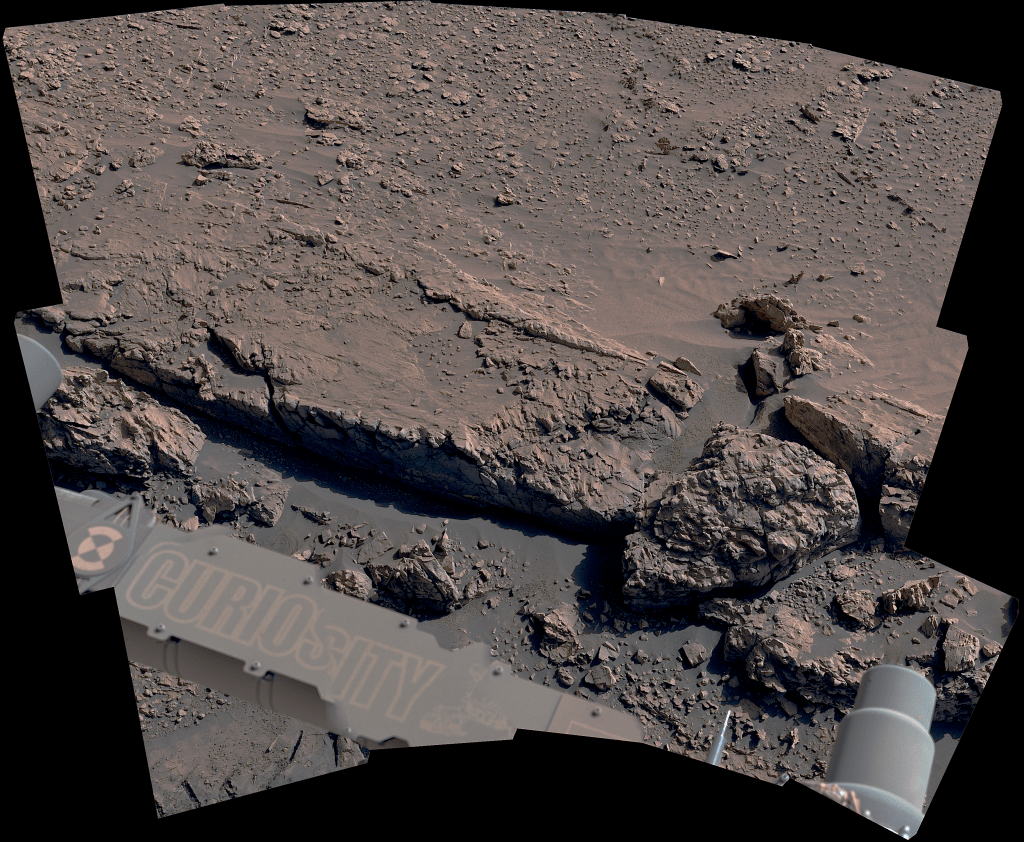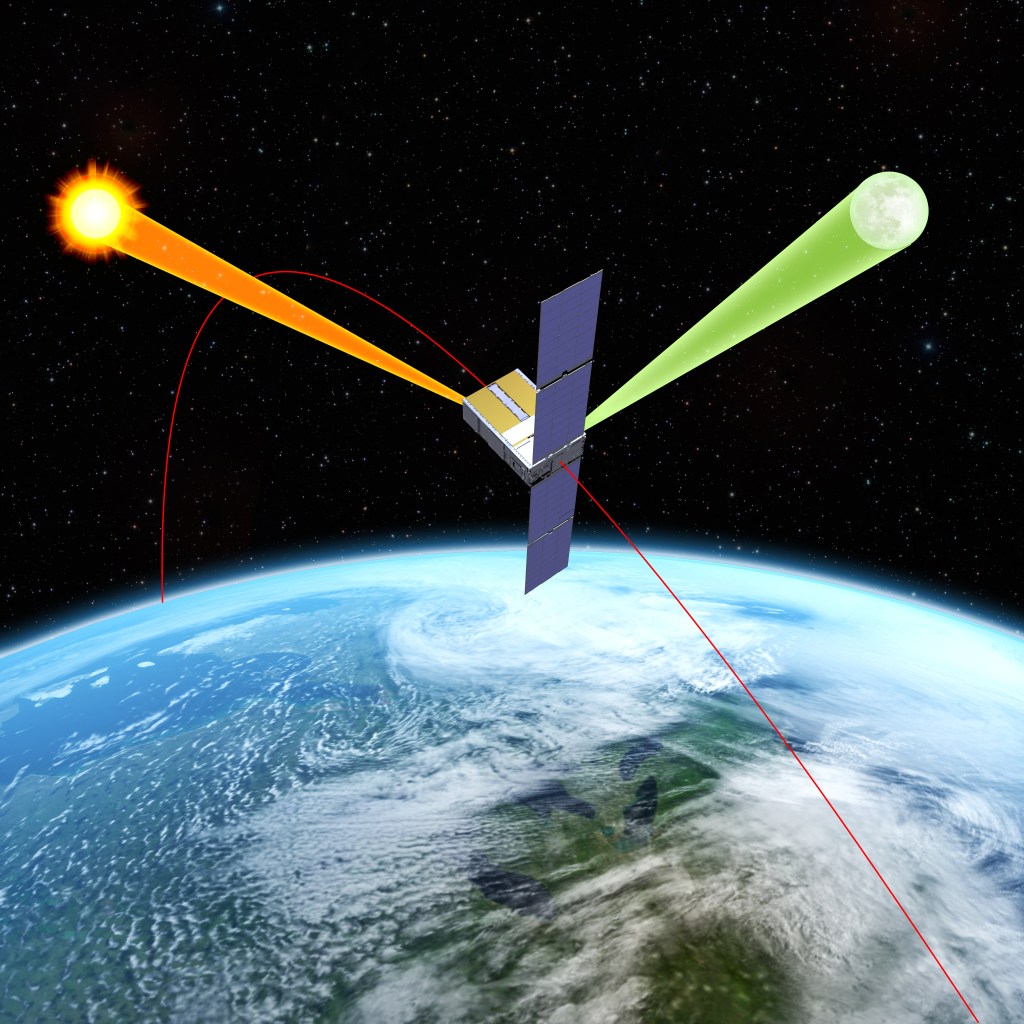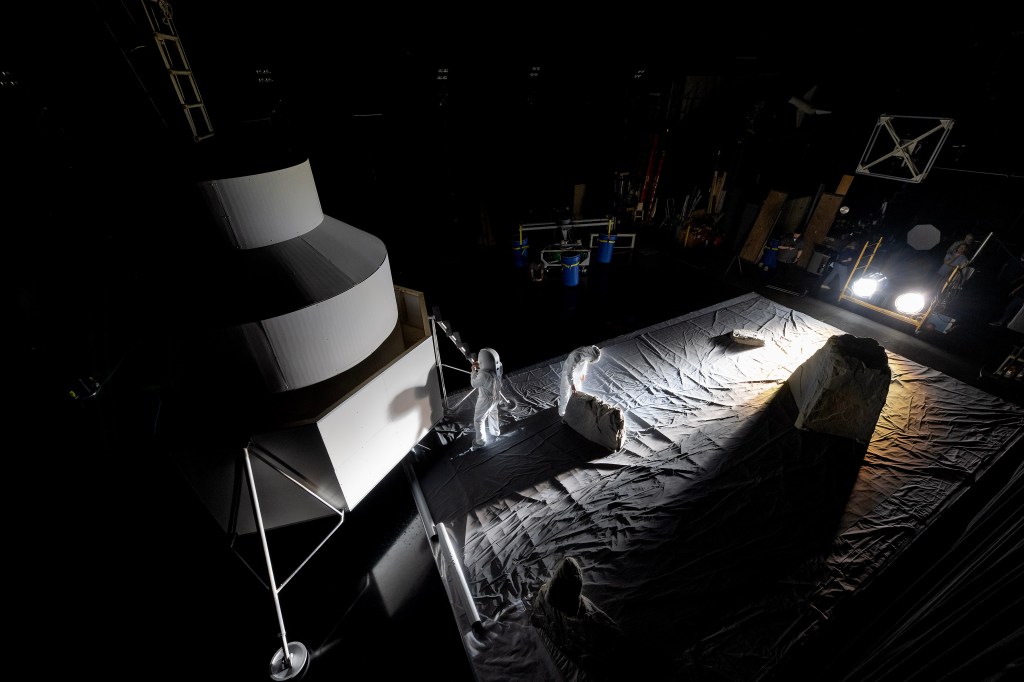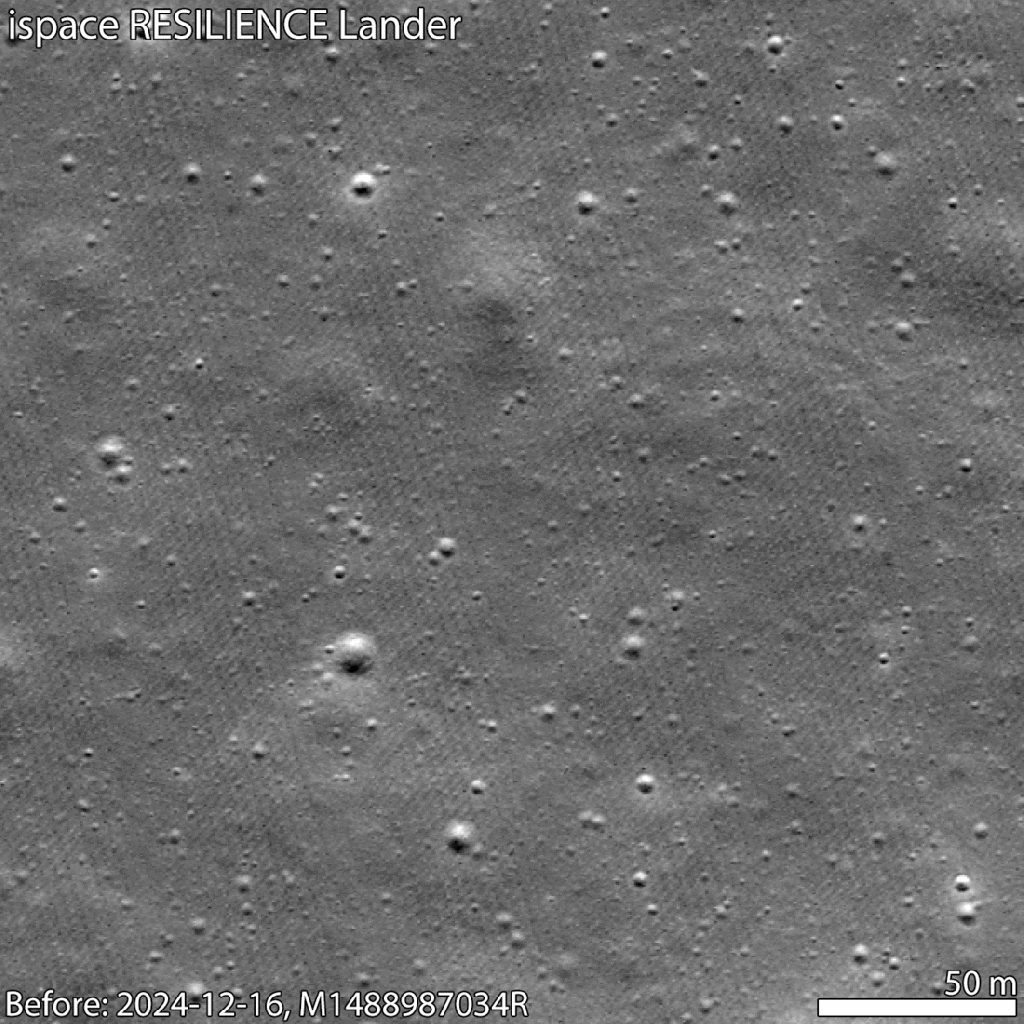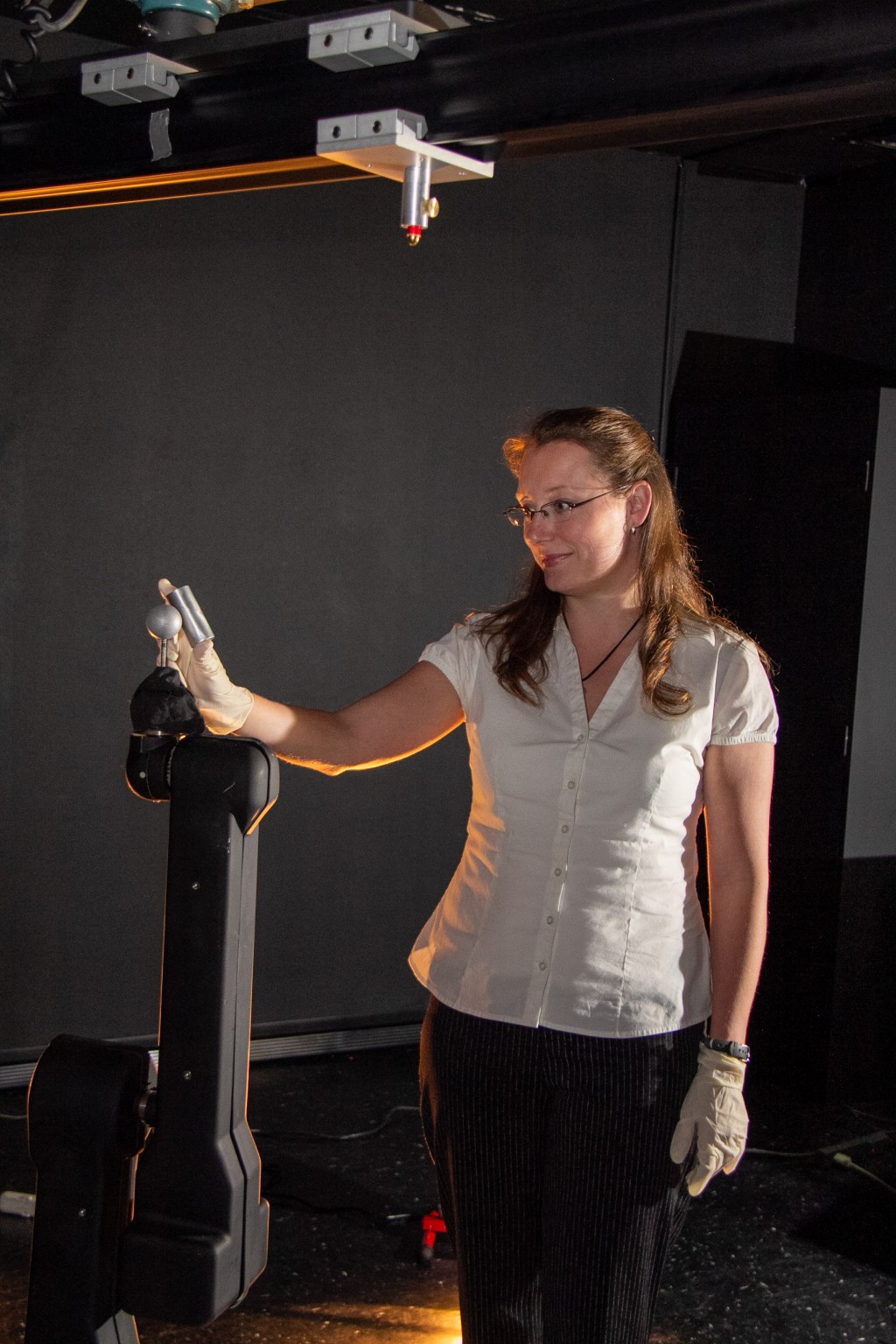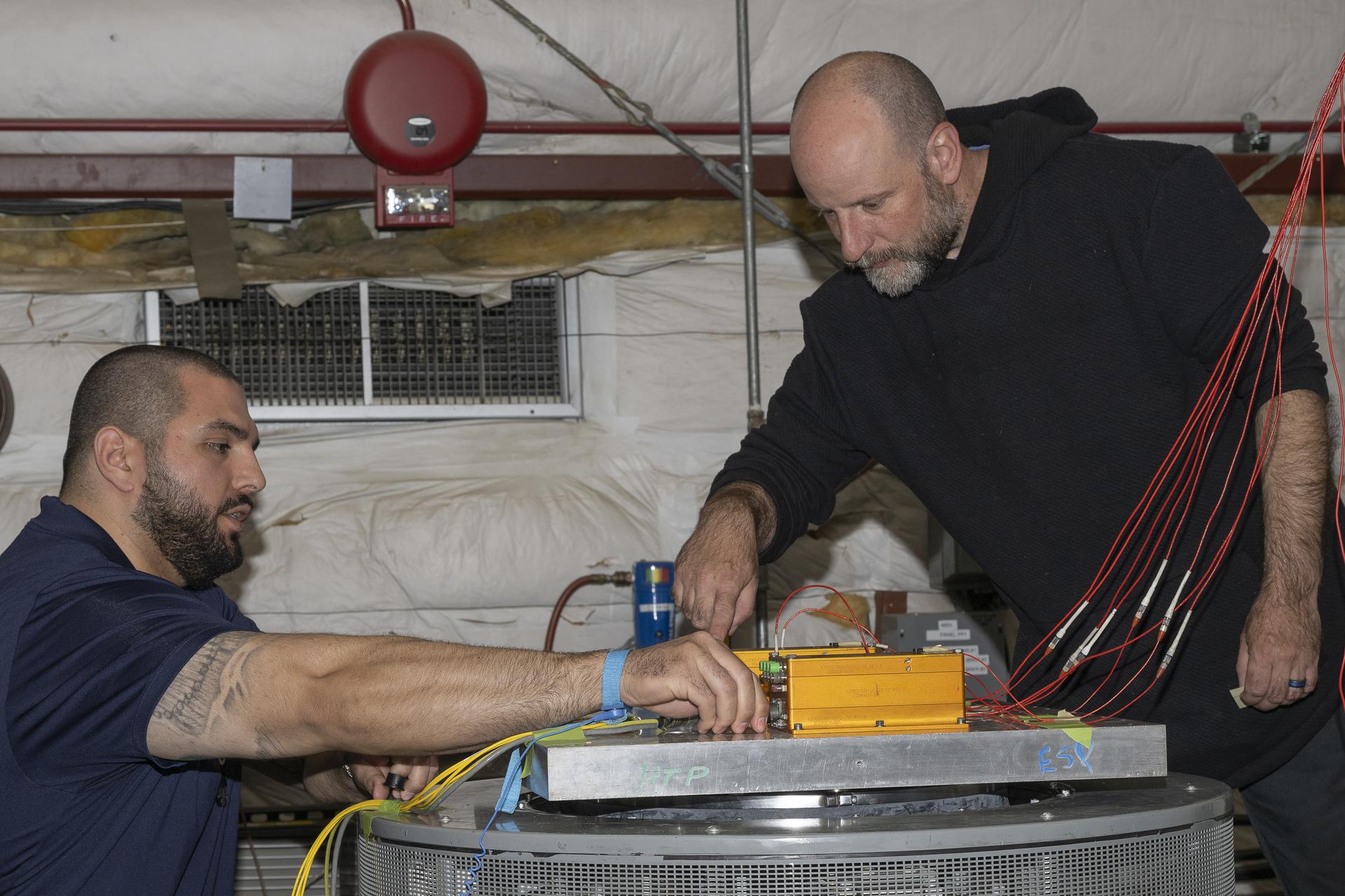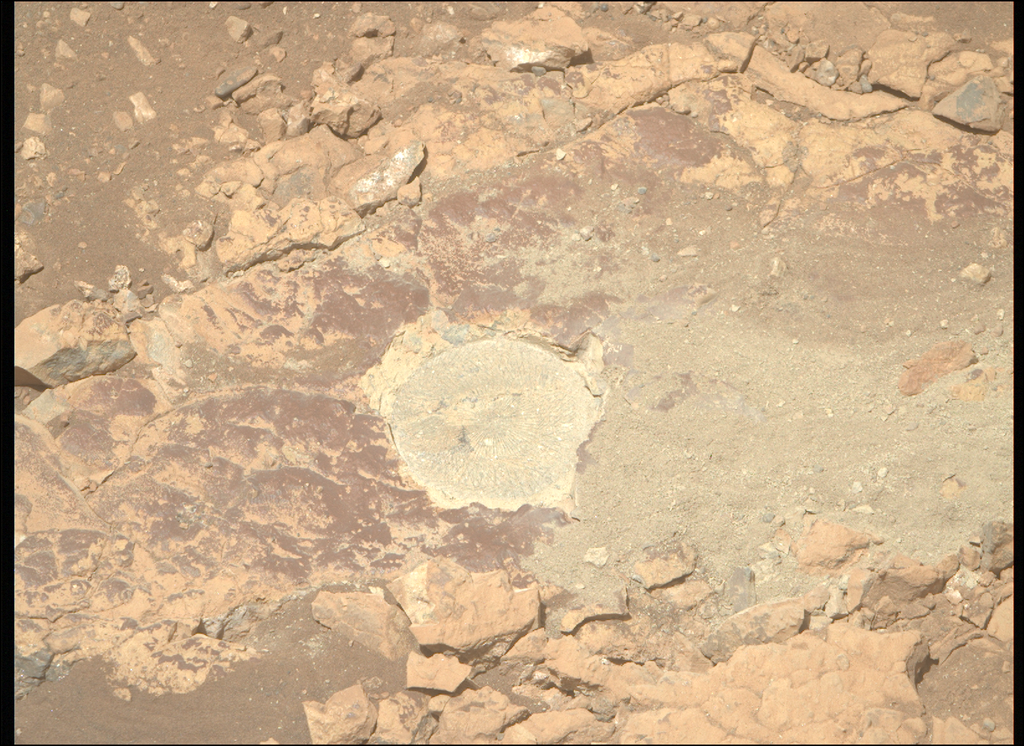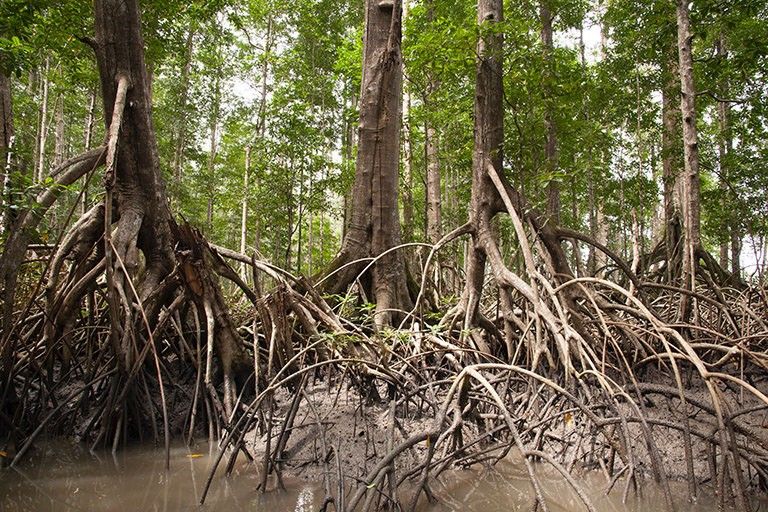Protecting Wetlands in Southeast Asia Could Reduce Area’s Carbon Emissions
As much as half of the carbon dioxide emissions that result from deforestation and other land-use changes in Southeast Asia could be reduced by saving two kinds of wetlands: peatlands and mangroves, according to a study published in Nature Communications.
Wetlands store three to five times more carbon than tropical dryland forests and they absorb that carbon 10 times faster, due to waterlogged soils that prevent carbon from breaking down. When destroyed, wetland “carbon sinks” become carbon sources, releasing carbon dioxide into the atmosphere.
Researchers estimate that restoring and conserving mangroves and peatlands in Southeast Asia could prevent the release of 770 million metric tons of carbon dioxide emissions annually. Of all Southeast Asian countries, Indonesia was the main contributor to carbon dioxide emissions from wetland deforestation, followed by Malaysia, with the two countries accounting for 73% and 14% of regional emissions.
~Jenny Marder

